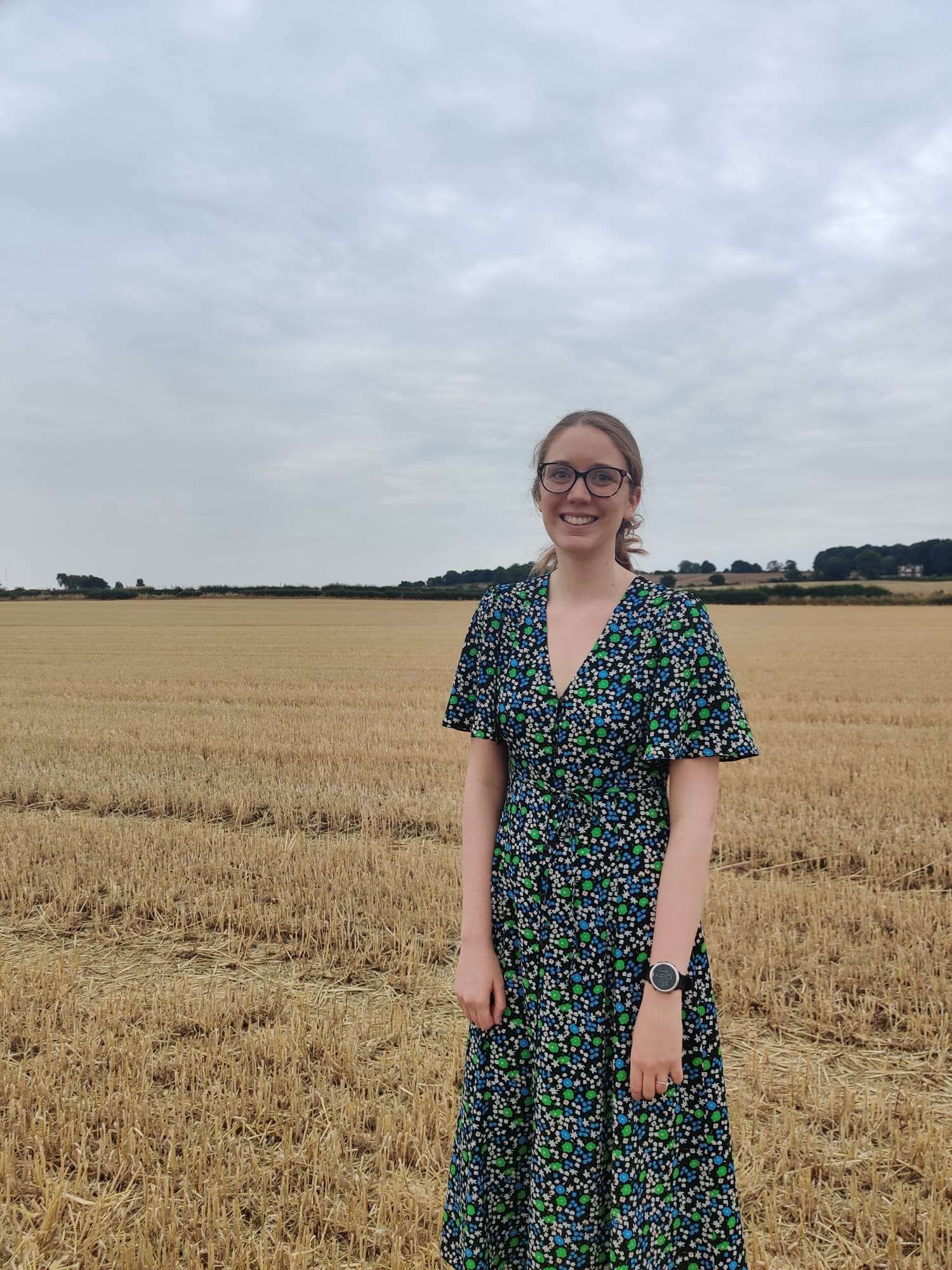What is the soil microbiome?
The soil microbiome is the community of microorganisms present in the soil, incredibly complex with more than a billion microbes present in just one teaspoon of topsoil. These microorganisms include bacteria, fungi and archaea, which interact with each other and other soil inhabitants to form a complex, dynamic community.
These communities and their interactions are crucial to the growth of healthy crops, either directly or by influencing the wider environment. For example, they play a key role in enabling soils to function through cycling nutrients, sequestering carbon and building soil structure, whilst also enabling plants to better acquire nutrients and water, influence their growth or in some cases protecting them from pests/diseases.
Not only are soil microbes important in agriculture, but they may also have uses in biotechnology. For example, CHAP members (BactoBio and FA-Bio) are screening microorganisms from the soil to develop new plant disease control products or for biomedical applications.
Finally, believe or not, the soil microbiome is highly connected to our gut health. With the gut microbiome being influenced directly by what we eat and indirectly thought the impact of the soil microbiome on plant crops.
What techniques are used to study the soil microbiome?
A multidisciplinary approach is needed to understand the soil microbiome due to its complexity. CHAP facilitates this type of research by acting as a nexus, bringing together researchers and industry partners from across different disciplines to work together.
The simplest way to study the soil microbiome is to isolate the individual organisms present by culturing on selective media. These can then be identified morphologically under the microscope, or by delving deeper to look at cellular factors such as DNA (e.g. Next Generation Sequencing), peptides/proteins (e.g. LC-MS, ELISA, gel-electrophoresis) or metabolites (e.g. HPLC, LC-MS, GC-MS). However, only a small proportion of microorganisms are culturable on selective media, so other techniques need to be used to get a more complete picture of soil diversity.
CHAP partner BactoBio has developed a platform to culture a greater proportion of bacteria, which allows the screening of these bacteria and their metabolites for novel activities. For example, BactoBio and CHAP are partners on a project to screen bacteria for activity against the destructive plant pathogen Zymoseptoria tritici (Novel bio-fungicide has its sights set on Septoria control).
DNA, proteins and metabolites can be analysed or extracted from the soil without the need to culture individual organisms. Analysing these small molecules using some of the techniques described above allows us to get a better understanding of the organisms present in the microbiome and their function.
DNA sequencing can identify microorganisms from the soil, but its use is limited for a couple of reasons. Firstly, if there are too few organisms in a sample, the concentration of DNA is too low to allow sequencing, this is a particular problem with species that are rare and unculturable. Also, an organism can only be identified if it has been previously found/characterized and its DNA sequence is in a reputable database, which has not been done yet for many species. Mass spectrometry techniques (e.g. MALDI-TOF) can also be used to identify microbes based on the small molecules they produce, but similarly to DNA sequencing it can only identify species that have already been characterised.
Not only is it crucial to identify organisms in the soil microbiome, but also to catalogue and preserve them as CHAP does in the National Reference Collection (NRC). This can be used for reference as a benchmark/snapshot in time, for future research and potentially in biotechnology.
How are CHAP and partners addressing this?
CABI and researchers at Rothamsted Research, Scotland’s Rural College, John Innes Centre and James Hutton Institute have started a project to characterise the microbiomes associated with key UK crops (The UK Crop Microbiome CryoBank Project). They will collect and cryopreserve microbial communities, which can be used for future research and use genomic tools to characterise microbial diversity. This will provide a valuable resource to researchers and facilitate the development of novel biological-based solutions for the agri-tech industry. Other CHAP partners that are interested in the soil microbiome include Cranfield University, where researchers investigate soil physics and how the crop microbiome contributes to soil health. Scientists at Newcastle University are researching the role of the microbiome in soil carbon dynamics. Furthermore, researchers at the University of Warwick and NIAB study soil-borne pathogens and how they may interact with other organisms in the soil microbiome. CHAP partner Fera can carry out diagnostic tests on soil to determine whether there are any disease-causing microorganisms present.
In the next article of this series, you will read about how a multi-analytical ‘Omics’ platform can help the microbiome research.
Please note, the opinions expressed in this article are the author’s own and do not necessarily reflect the views or opinions of CHAP.












